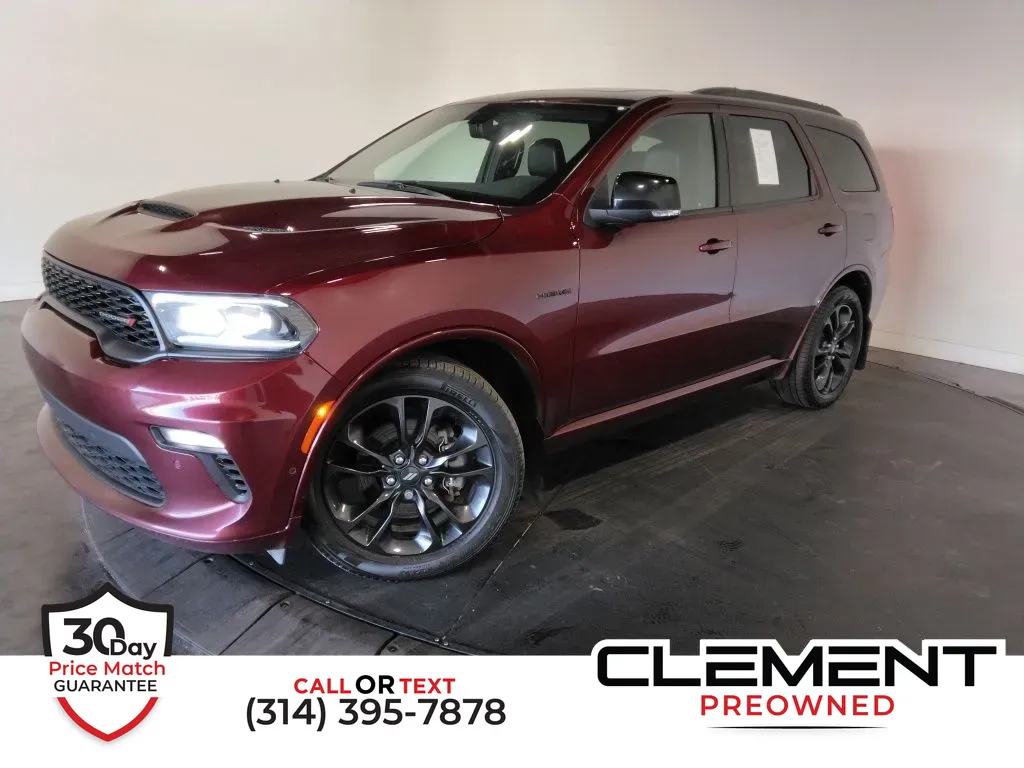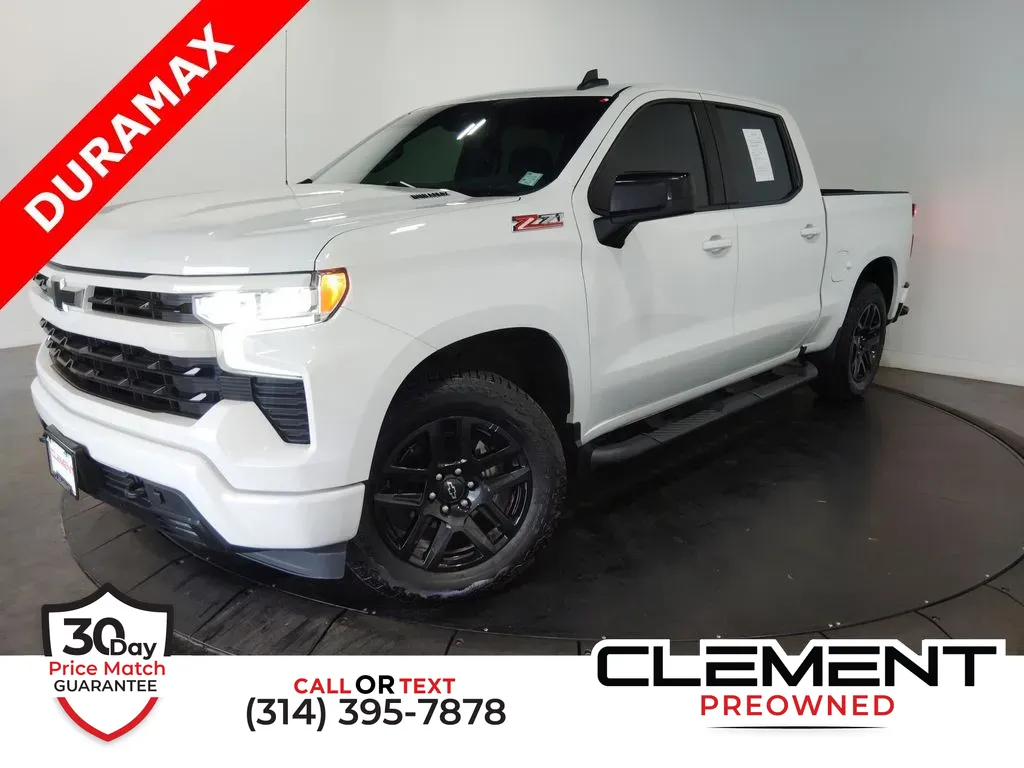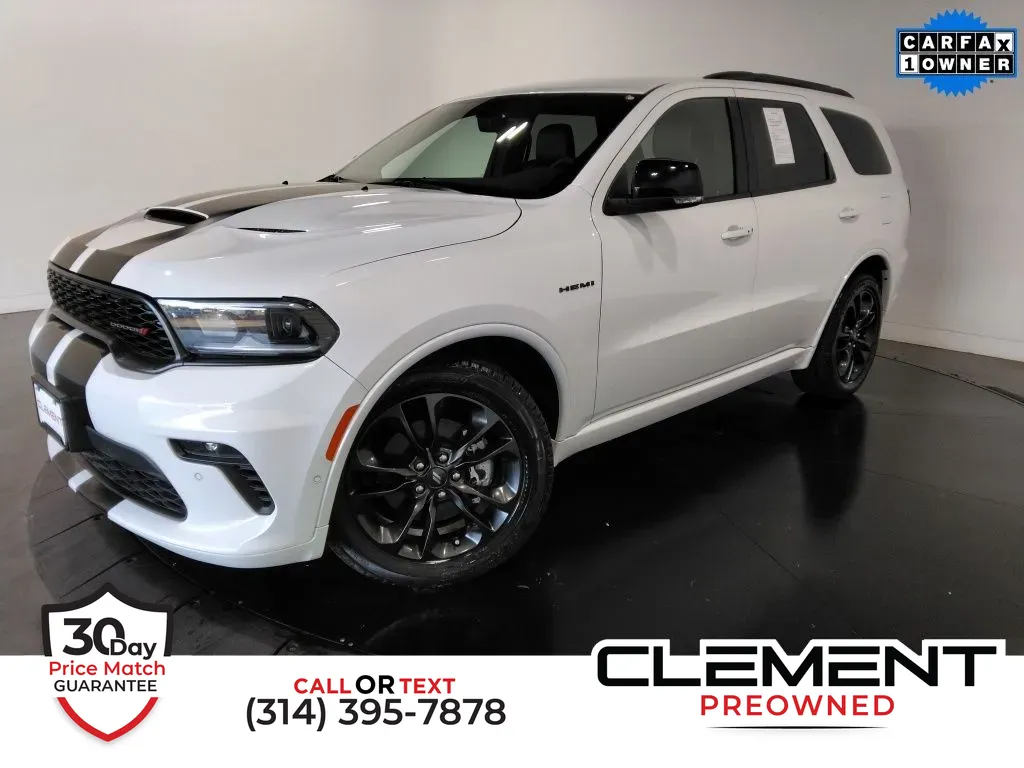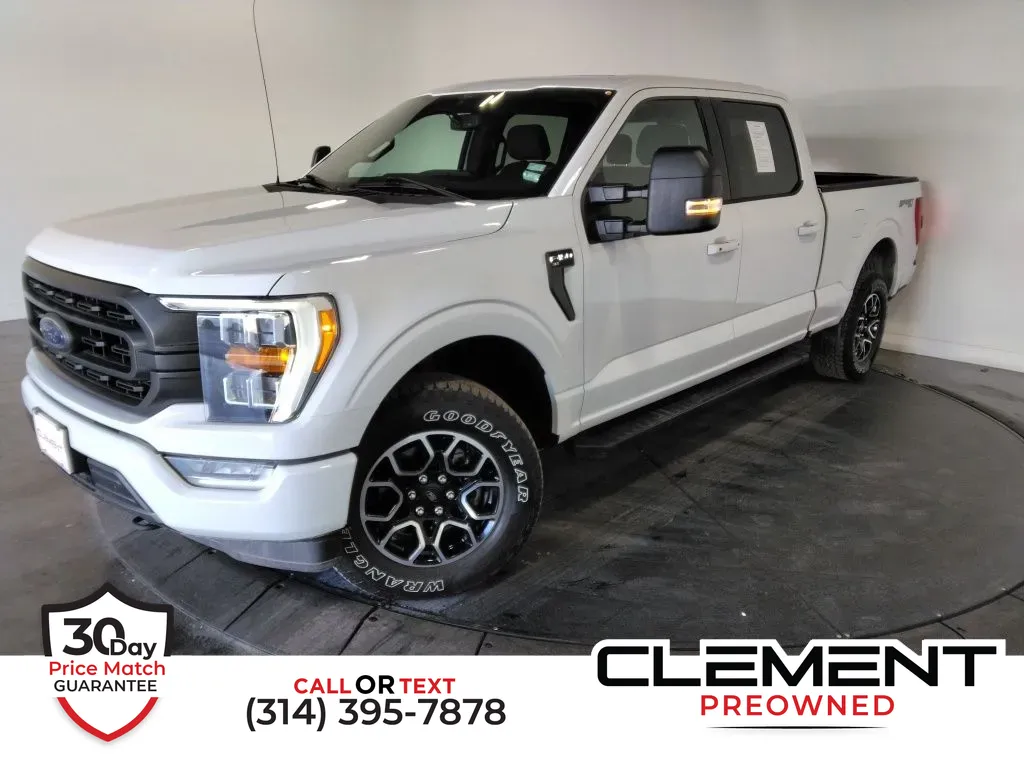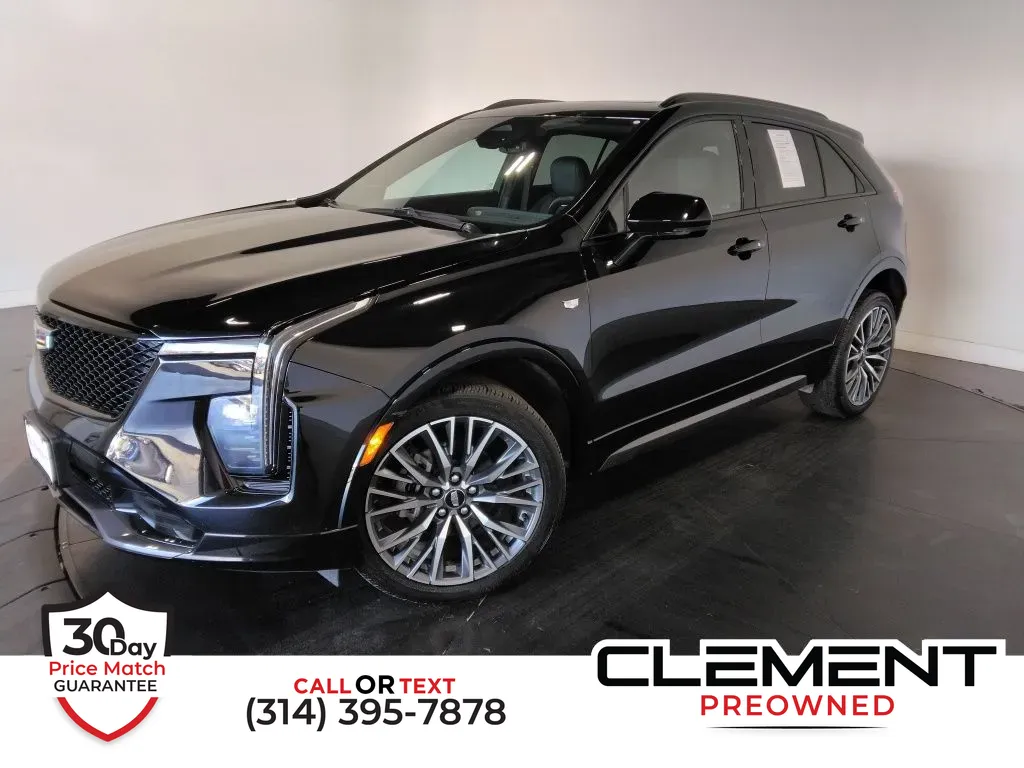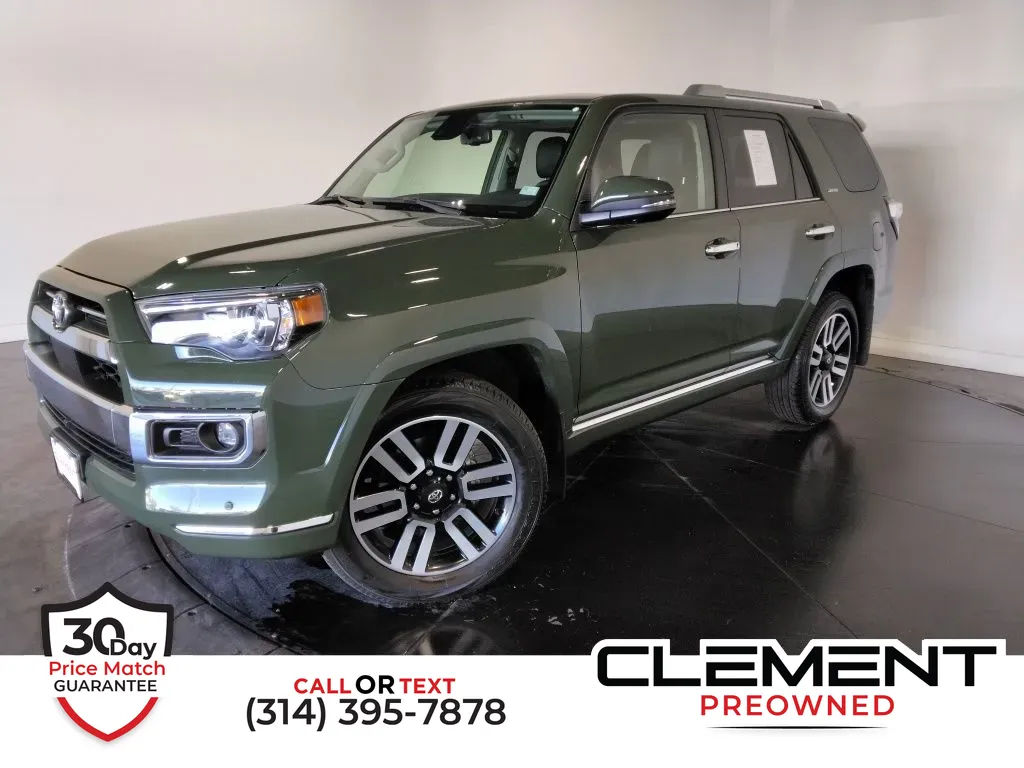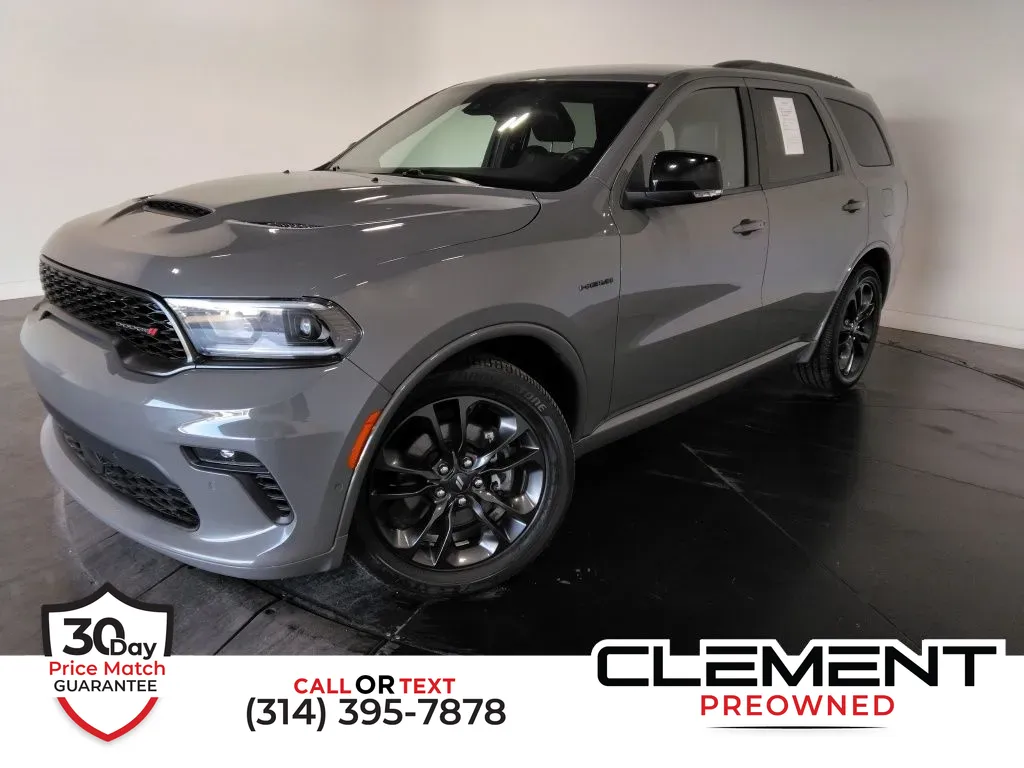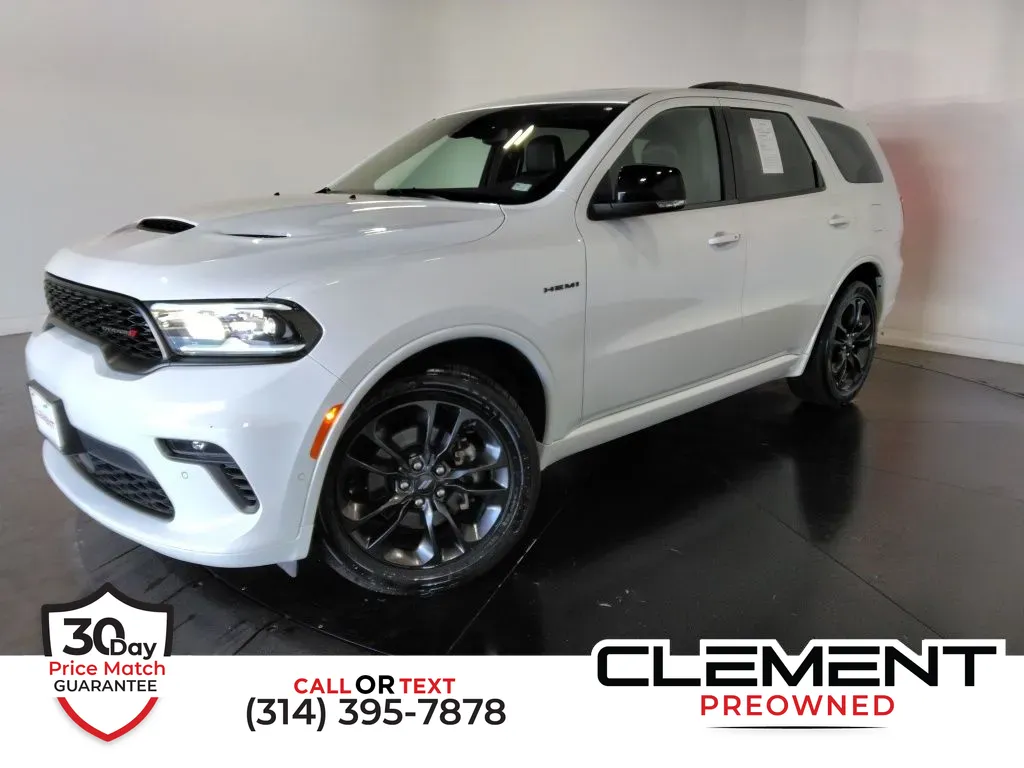Tire Numbers Explained
Table of Contents
- Tire Numbers Explained
- Tire Size
- Load Index and Speed Rating
- Treadwear, Traction, and Temperature
- Common Questions
- How can I recognize the year of tire production?
- How does the tire's rubber change with time?
- What's the difference between low-profile and regular tires?
- How much bigger rims can I put on my car?
- What do the 3 numbers mean on tire size?
- Why are low profile tires considered bad?
- Are low profile tires faster?
- Which tire profile is best?
- Why do luxury cars have low profile tires?
- Do cars with low profile tires use more fuel?
- Can I use 65 tires instead of 55?
Tire Numbers Explained
Whether you're in need of winter tires to navigate icy roads or transitioning to summer rubber for warmer weather, having a good grasp of tire specifications is essential, especially in a region with varying seasons like Missouri. In this article, we will decode the numbers. For professional tire replacement, you can visit the Clement Pre-Owned service center in Missouri.

Tire Size
The numbers on your tires typically appear in a format like this: P215/65R16. Let's decode this to understand what each number represents.

- Tire Type: The first letter, in this case, 'P,' indicates the intended use. 'P' stands for passenger car, while 'LT' stands for light truck. Knowing this helps you select ones that are suitable for your vehicle type.
- Tire Width: The first three-digit number, 215, represents the width of the tire in millimeters. A wider tire may provide better stability and handling, but it's essential to choose the width that aligns with your vehicle's specifications.
- Aspect Ratio: The second number, 65, is the aspect ratio. It indicates the height of the tire's sidewall as a percentage of the width. In this example, the sidewall is 65% of 215 mm, which is 139.75 mm. A lower aspect ratio generally means better cornering, but it might result in a firmer ride.
- Tire Construction: The 'R' in our example stands for radial construction, which is the most common type today. Radial tires offer better grip and tread life than older bias-ply designs.
- Rim Diameter: The last number, 16, specifies the rim size (in inches) that the tire is designed to fit. It's crucial to match this number with the size recommended by the manufacturer for your vehicle's wheels.
Load Index and Speed Rating
In addition to the basic size information, tires have load index and speed rating codes. For example, you might see "94T" on a rubber board.
- Load Index: The load index number (94 in this case) represents the maximum weight the tire can support. You can refer to a load index chart to find the precise weight capacity for your tires.
- Speed Rating: The letter after the load index (T in this example) indicates the maximum speed the tire can safely handle. Speed ratings span from L, representing a maximum speed of 75 mph, to Y, which signifies a top speed of 186 mph. Follow this link for the complete tire speed rating chart.


Treadwear, Traction, and Temperature
You might also find more characters on the rubber sidewall, such as "400 AA." These represent the Uniform Tire Quality Grade (UTQG) ratings:
- Treadwear: The first number (400) indicates the treadwear, which measures its expected lifespan contrasted with a standard tire rated at 100. A higher number suggests a longer-lasting tire is.
- Traction: The first letter (AA) represents the traction rating, which assesses its ability to stop on wet surfaces. A is the highest rating, while C is the lowest.
- Temperature: The second letter (AA) reflects the temperature rating, indicating its resistance to heat generation. A is the best score, while C is the lowest.
Common Questions
How can I recognize the year of tire production?
You can recognize the year of tire production by locating the code on the tire sidewall - it’s DOT (Department of Transportation) labeling. The last four digits of this code indicate the week and year of manufacture. For example, if the code reads "2319," it means the tire was manufactured in the 23rd week of 2019. Checking the DOT code is essential to determine your tires' age and make informed decisions regarding buying new ones.
How does the tire's rubber change with time?
Tire rubber undergoes changes over time due to exposure to various environmental factors. As tires age, the rubber may harden and lose flexibility, affecting traction and grip on the road. Additionally, it can become more susceptible to cracking and dry rot, potentially leading to tire failure. The chemical composition of the rubber may also change, impacting its ability to withstand heat and friction. Consistently examining your tires and changing them when they reach an advanced age, regardless of sufficient tread, is vital to uphold safety and maintain your car's peak performance.
What's the difference between low-profile and regular tires?
Low-profile is a type of automotive tire designed with a shorter sidewall height in comparison to the tire's width. Low-profile tires sidewall is shorter compared to regular tires. This design feature results in several distinctions:
Appearance: Low-profile tires have a sportier and more stylish appearance, while regular tires have a more traditional and conservative look. Low-profile tires are commonly featured on luxury vehicles and sports cars.
Handling: Low-profile tires typically offer improved handling and cornering stability due to their reduced sidewall flex. They provide better traction and responsiveness. This makes them suitable for performance-oriented vehicles.
Ride Comfort: Regular tires tend to provide a smoother and more comfortable ride because their taller sidewalls act as additional cushioning, absorbing road imperfections and shocks more effectively.
Durability: Regular tires are often more durable and less prone to damage from potholes and rough road conditions because of their taller sidewalls, which provide additional protection.
Noise: Low-profile tires can be noisier on rough uneven road surfaces due to their reduced sidewall cushioning.
Cost: Low-profile tires are typically more expensive to purchase and replace than regular tires.
How much bigger rims can I put on my car?
When considering changing your rim size, it's crucial to stick to the manufacturer's recommended increase, typically 1-2 inches. For example, if your current rims are 17 inches, don't exceed 19 inches. Ensure there's sufficient wheel arch clearance for full turns and navigating bumps. If wider rims protrude beyond the wheel arches, they're likely too large. Rim size depends on factors like your vehicle's make, model, and suspension setup.
What do the 3 numbers mean on tire size?
The three numbers on a tire size indicate its width, aspect ratio, and rim diameter. For example, in a size like P205/60R16, "205" is the width in millimeters, "60" is the aspect ratio (the sidewall height as a percentage of the width), and "16" is the rim diameter in inches.
Why are low profile tires considered bad?
Low profile tires, while offering benefits like improved handling and aesthetics, can be considered "bad" for some drivers due to their susceptibility to damage from road imperfections, reduced comfort, and less effective absorption of shocks. These tires are more prone to damage from potholes and can result in a firmer and less comfortable ride.
Are low profile tires faster?
Low profile tires are not inherently faster. They can improve a vehicle's handling and stability at high speeds, but speed is primarily determined by the vehicle's engine and aerodynamics. Lower profile tires may enhance cornering performance, but their impact on max speed is minimal.
Which tire profile is best?
The "best" profile depends on your driving needs and preferences. Standard profile offer a balance of comfort and performance. Low profile tires are ideal for sportier handling but may sacrifice ride comfort.
Why do luxury cars have low profile tires?
Luxury cars often use low profile tires to enhance handling and maintain a smooth, controlled ride at higher speeds. These tires provide a sportier, more responsive feel, which complements the high-performance features found in luxury vehicles.
Do cars with low profile tires use more fuel?
Low profile tires can slightly affect fuel efficiency. The reduced sidewall flex can lead to slightly better fuel economy at higher speeds due to improved aerodynamics, but this gain is often offset by increased rolling resistance on rough roads. The impact on fuel consumption is relatively minor.
Can I use 65 tires instead of 55?
You can replace 55-profile tires with 65-profile tires if you wish, but it's essential to consider potential differences in handling and performance. A 65-profile tire will have a taller sidewall, which may result in a softer ride but could slightly affect cornering stability. Always check your vehicle's manufacturer recommendations to ensure the new tires are compatible with your auto.
Whether you need to replace your tires or want to upgrade for specific purposes, such as off-roading or improved handling, visit Clement Pre-Owned, in Florissant, St.Louis or St.Charles. If you have any questions or need assistance with your tire needs, feel free to call Clement Pre-Owned Service Center for expert guidance.


